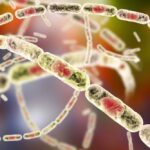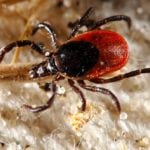Debacle is not a word I use much. It’s too harsh, especially when describing disease. Debacle denotes a “violent collapse” or “a fiasco.” However, I’m convinced — based on what I read about what consumed Calgary daycares — that debacle best describes what’s going on across town in one of Canada’s most modern cities, with […] Read more














